The inspiration behind the video.
Hello everyone! This month’s music video to be analyzed is the for “Bedtime Story”, While this video is tricky for its various sources of inspiration, it’s one of her best, if not the best, and an underrated one by most fans. I am sure that, after reading all of this, you’ll find yourself more in love with the true artist Madonna really is.

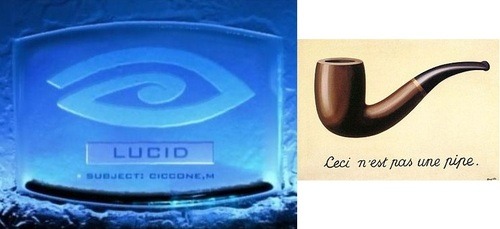

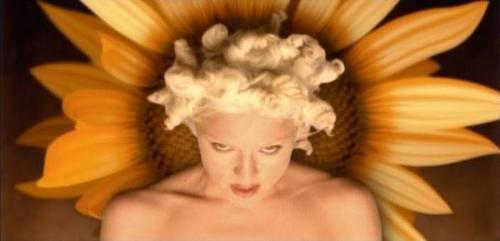
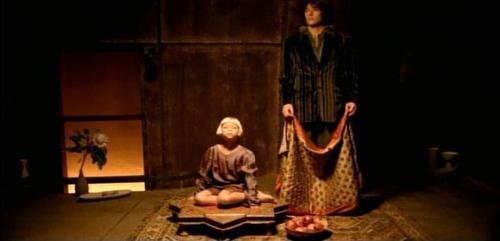
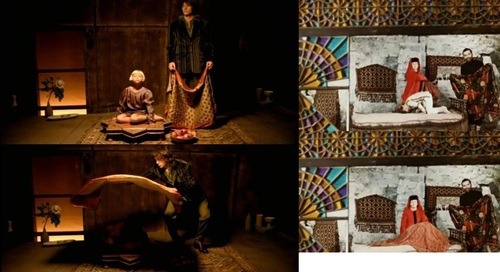
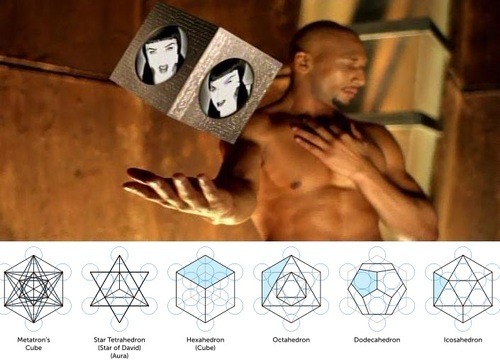
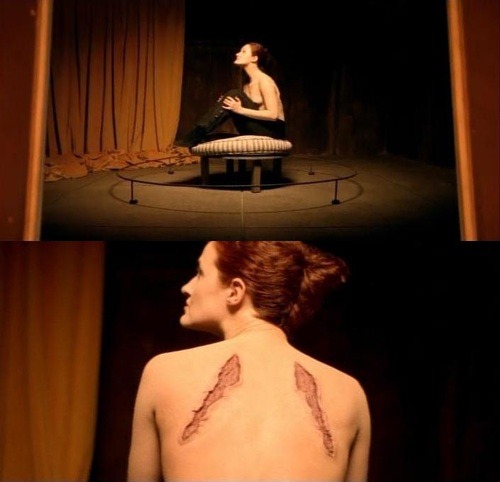
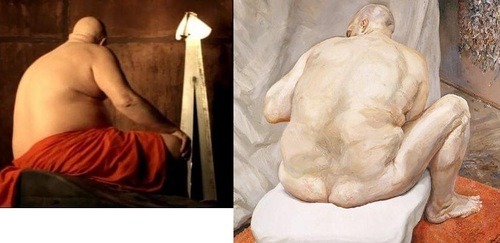



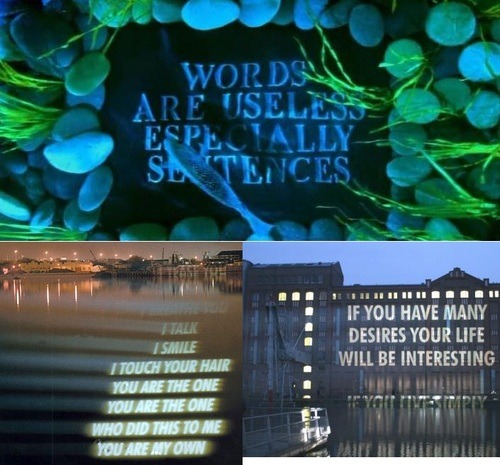
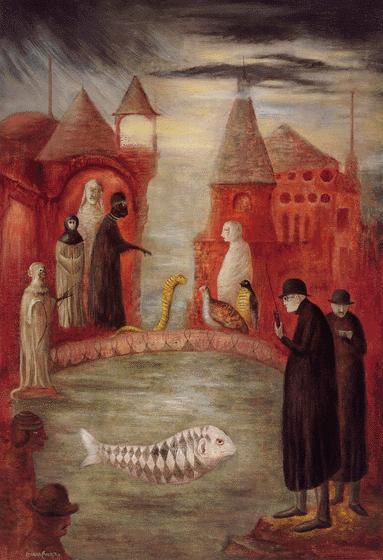

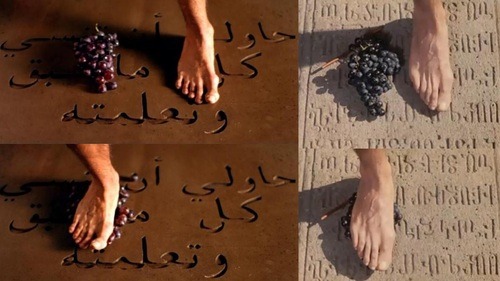
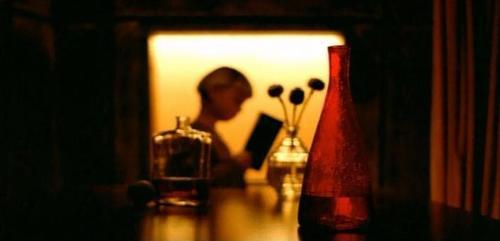

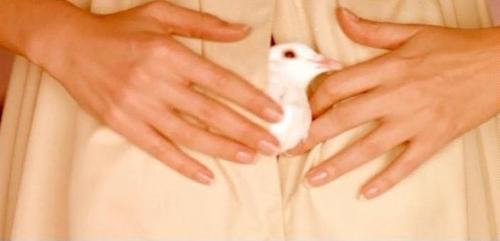

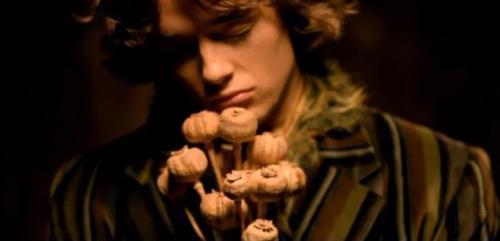
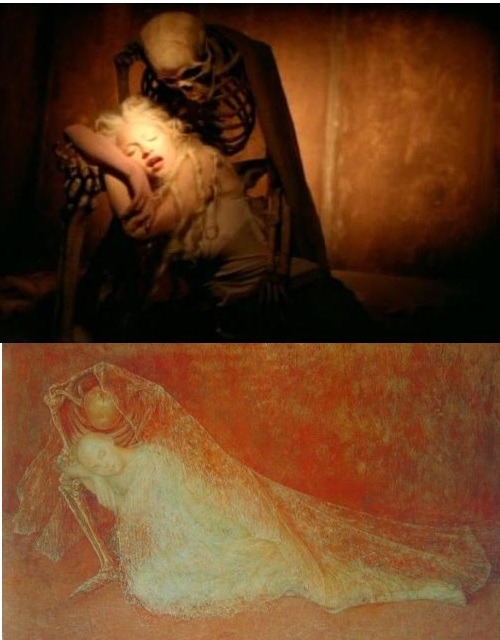
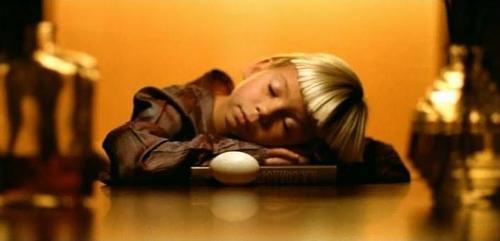
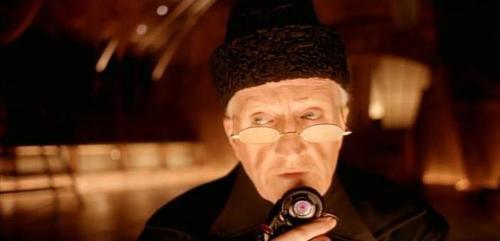

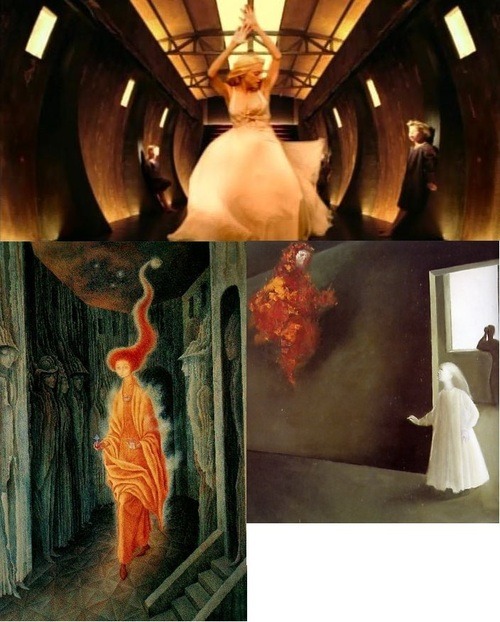
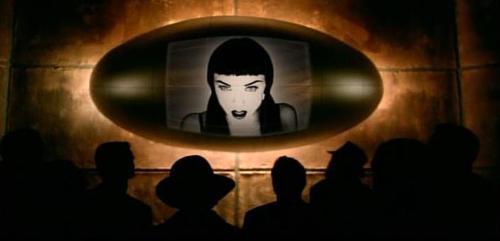


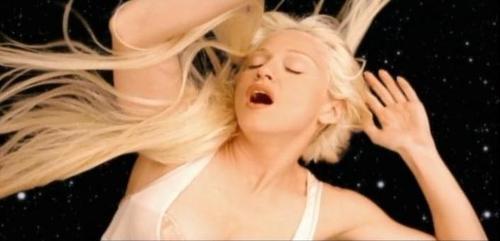

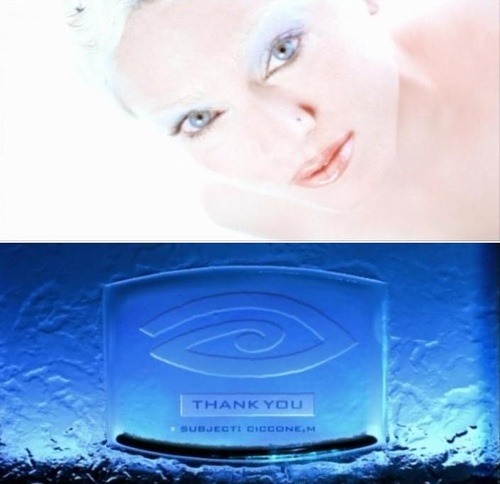
Hello everyone! This month’s music video to be analyzed is the for “Bedtime Story”, While this video is tricky for its various sources of inspiration, it’s one of her best, if not the best, and an underrated one by most fans. I am sure that, after reading all of this, you’ll find yourself more in love with the true artist Madonna really is.

Madonna called upon “Rain” director Mark Romanek to do the music video for “Bedtime Story” after she saw what he had done with Nine Inch Nails’ “Closer”. As she always does, she listened to the song over and over again, trying to think of a concept for a video. The theme she held on to for this one was dreams, it’s meaning, concepts, imagery and works based on it. She’s a huge fan of surrealistic art, in which lots of paintings deal about dreaming, or allude to something unfathomable in real life. She held to that and brought that concept to Romanek, that really liked the idea and wanted to add something more to it.
The next challenge was decide what should be shown, where to take ideas from. Madonna started looking out for surrealistic female artists, such as Frida Kahlo, her favorite, and Remedios Varo. She also started thinking about life and death, and where do dreams begins, and where do they end? That varied the sources even further, bringing new artists and concepts in. Soon she had a notebook filled with notes concerning paints, with shots conceptualized and religious imagery. The video was filmed over six days at the Universal Studios, in California, after months of conceptualizing, costing five million dollars to Warner Bros.
The video starts with a shot of what seems to be an eye welcoming us to this experience. Later, we see the same eye, but the message is ‘Lucid’, with ‘Ciccone M.’, which references the work of René Magritte, a belgian surrealistic artist famous for challenging the observer’s preconceived thought about reality. He’s the one behind the painting “The Treachery of Images”, in which there’s a pipe and it’s written underneath ‘This is not a pipe’ in English. This technique is called paralanguage, which consists of denying the obvious. Applying to the video, Madonna is apparently asleep, but the message claims she’s lucid. Also, the eye we see falls too under the paralanguage concept. What we see could be an eye, the symbol of ideas, concepts, abstractions and of God’s omniscience, but what if we turn it vertically? It turns into a vagina, a womb, the beginning.

Madonna is laid on an experimental chamber, inside a circular Petri dish, commonly used in labs for scientific experiments. The circle means infinity, no end and no beginning, just like a dream, when you wake up and only remember from the middle onward. As she sings ‘Ah’, the chamber recognizes her voice activity, so a creamy liquid starts to pour on her blood. The chamber’s machine claims Madonna is lucid even though she’s already been dosed. She starts to sing the song asleep. We know that something some people do while they’re asleep is talk. Plus, this seems to be a case of dream within a dream. Have you ever dreamt you were dreaming? The concept of a dream within a dream was first registered by Edgar Allan Poe in a poem written in 1849. It questions how we can distinguish reality from fantasy.

The shot where Madonna sings in front of a sunflower represents the search of Christ. Just like the sunflower seeks the sunlight, the Christians seek in Jesus their own light, their own way, their truth and life.

The next scene shows a child seated on an octagram, with a sunflower on one side and a guy and apples on the other side. The octagram means a lot of things in various cultures, but this video especially deals with Christianism, so it means regeneration, creation and fertility. Some baptismal vases even have octagonal bases. The apple also means lots of things, depending on the culture, but for Christians it’s a symbol of the original sin committed by Adam and Eve, even though the Bible does not specify which fruit they take a bite from, it’s common knowledge to say it’s an apple.

On a shot further on, the child goes on a fetal position for the guy to cover her up. This is a remake of a scene from the Armenian film 1968The Color of Pomegranates, by director Sergei Parajanov. The film speaks to the language of the subconscious, of the soul and the dreams by creating surreal images in motion. On the film there are several images that remind those of “Bedtime Story”. Armenia was the first country to officially adopt Christianism as a religion.

The next shot shows Madonna singing inside a spinning cube, while a black guy keeps it spinning. The cube is a reference to Metatron’s Cube, a modern geometric figure composed by 13 equal circles and lines. On the video, we can’t see the circles, but they’re there creating the Metatron Cube. The junction of 13 circles is also named The Fruit of Life, or The Tree of Life, a recurrent symbol in Madonna’s works. They’re called that way because everything that’s alive, that has an existence, has the 13 circles. That’s exactly what it takes to design every atom, molecular structure, life form or anything else. With the cube meaning life, the white circle on which Madonna is meaning pure infinity, this shot means infinite life.

The Metatron’s Cube has this name as a reference to an angel mentioned in Biblical texts. Metatron was actually a human being that God turned into an angel, and was recognized as the highest of them, because he was the heavenly scribe to God and could sit to perform his duty. However, he was mistaken for God one day and he didn’t deny it, so he was banished from Paradise after receiving 60 strokes with fiery rods. The angel without wings concept also appears on the video. The fact that the woman appears sitting and looking up means that she’s asking for God’s forgiveness after the banishment.

The first painting to be referenced on the video is Naked man, back view (1991-92) by Lucien Freud, a british artist. Curiously enough, he’s not a surrealistic artist, but that is easily explained by the fact that he’s the grandson of the most famous dream interpreter and student of all, Sigmund Freud.

The next painting to be referenced is The Ends of the Earth (1949) by Leonora Fini, an Argentinean surrealistic artist, that Madonna recreates almost piece by piece.

Then we see some men dancing. They’re called dervishes, and their dance is the Sufi whirling. Dervishes are usually males that live to gain humility and knowledge about that. They cannot own homes, estates or anything that attaches money. They live as beggars, but they can only beg for food for their own existence, they cannot take money to buy food, as all money should be given to those with less than themselves. Dervishes take a vow of poverty, unable to break it. They usually live by rivers with many trees, to eat fishes, fruits and leaves. The Sufi whirling has become quite popular, even though it wasn’t supposed to be. Their dance consists of spinning until you reach religious ecstasy. The Sufi is a part of the traditional Turkish ceremony Sema, and the dance can only be experienced by others there, even though there are Dervishes all over the Middle East.

The scene where an old man watches Madonna from the ceiling, as if she’s inside a deep well, is inspired by the Remedios Varo paintingNacer de Nuevo (1960). The man is a Dervish, and he carries around something that looks like an walkie-talkie, and he seems to be asking for help for Madonna. This is inspired by an old Dervish story in which a man finds another man inside a well and has to help him, in order to keep his vow.

The next shot shows a few things. There’s the song’s lyrics written underneath the water, then there are stones and some seaweed growing from them. The lyrics underwater are inspired by the work of non-surrealistic artist Jenny Holzer, an American conceptual artist that projects random sentences, common knowledge or poems on various surfaces, including the water. The stones with seaweed growing from them symbolizes life growing no matter the obstacles and adversities. Seaweed is also responsible for the oxygen underwater, oxygen being one of the six essential elements for living.

There’s also a fish swimming by the song’s lyrics. Psychiatrist Carl Jung believed that fish was an omen for deep unconsciousness when seen in dreams. He’s the responsible for the concepts of collective unconscious and analytical psychology. To Christians, the fish is a sign of Jesus, due to his name in greek (‘Jesus Christ Son of God the Savior’) forming the initials for fish in greek. In old Rome, they would recognize themselves among others in secret by using fishes on their garment somehow. It’s still used nowadays. Curiously enough is the fact that, even though there are no crosses or saints in the video, this is the Madonna video with most Christian references. British surrealist painter Leonora Carrington also portrayed a fish as a centerpiece in one of her works.

As the shot widens, we see two of Madonna’s faces on mirrors, and also we can see clearly that there’s actually lots of rocks with a huge amount of seaweed growing around her. This is recreated from the Remedios Varo painting Los Amantes (1963).

Then there’s another reference to The Color of Pomegranates when we see a male feet smashing the purple grapes over some Arabic writings. The shot is almost identical, if it weren’t for the different writings. The video’s writings mean ‘And all that you’ve ever learned, try to forget, I’ll never explain again’, the lyrics. The grapes in Christianism mean joy of living, the great gift that is life. The grapes being smashed by human feet represent the traditional act of making wine, which symbolizes the blood of Jesus. The color purple is often associated to piety and faith, and it’s also Madonna’s favorite.

The next shot shows the blonde girl with an open book in the background, while there’s a few things on the way, such as a glass of water, a glass that seems to be filled with whiskey, an egg and a vase of flowers. The glass of water falls from the table with apparently telekinetic powers from the girl. Throughout history, there’s been lots of people who claim to posses telekinetic powers, but they were always fakers, as these powers break several well-established rules of physics. Jesus Christ is supposed to have some telekinetic powers, such as turning water into wine and multiplying food. The open book represents the word of God being spread around, the revelation of the truth, knowledge.

Madonna then reappears pregnant scouted by two peacocks. The pregnancy means life, birth, the miracle of life. There’s a saying that goes something like ‘When a child is born, a woman is reborn’, which could also mean rebirth. The peacocks mean resurrection and have a relation to eternity, due to the old belief that its meat doesn’t decay. The bird also means vanity, the beauty of living and being reborn. Leonora Carrington has painted some peacocks on Peacocks of Chen (1978).

The classic scene where Madonna gives birth to 13 white doves represents exactly what it is: birth. When Jesus Christ was baptized, a white dove came down from the skies. Catholics consider it the representation of the Holy Ghost.

However, the number 13 is very meaningful, as said earlier on. It means life. Every molecule needs at least 13 atoms, every atom needs at least protons, electrons and neutrons, and every one of them needs subatomic particles called quarks and gluons to exist. So the number 13 is very important to represent life, that’s why Madonna gives birth to 13 white doves. This scene is inspired by a few paintings, one of them is Les Feuilles Mortes (1956) by Remedios Varo, the other one is The Giantess (1950), by Leonora Carrington. You can see that Madonna’s hairstyle reminds that of the woman on Les Feuilles Mortes, and she seems to be wearing a dress inspired by the same woman, but in white, instead of green.

The next take has a young man holding poppies close to his heart, with a tired look upon his face. This is a reference to Hipnos, a greek god responsible for sleeping. The poppy is Hipnos’ favorite flower, and it’s also the one flower where you can extract opium from, a hallucinogen drug. From the opium you can get morphine, to relief extreme pain, but should be used carefully, because it can drive one crazy and cause death. This is the first sign of the end.

The scene where Madonna sings laid on a skeleton is based on the painting L’Amitié (1958) by Leonora Fini. The skeleton is the worldwide omen of death, so here’s another sign of it.

However, the next shot shows the child laid on a table over a closed book and an egg beside her. The egg means the cocoon of life, where it all begins, but when it’s Easter, it means rebirth. The female child with an egg means woman’s fertility, the celebration of the female ability to give birth, the joy of it.

Then we have a glimpse of the Dervish that saw Madonna on the deep well speaking on his sort of walkie-talkie something that we can’t hear. This symbolizes the inability of words to express how we really feel and the lack of their importance to this video and to surrealism.

The shot widens and we can see the sky through the ceiling, and, coincidently or not, there’s a moon with a lonely star by its side. It resembles the famous Islamic symbol, that, in their culture, means they have the power to travel through the galaxies.

The also iconic scene where Madonna slides through a hall with children in wonder watching her is inspired by a few paintings. Vision Roja (1984), by Leonora Fini, is one of them. However, Madonna seems to be wearing the white dress worn by the child in the painting. There also seems to be elements of La Llamada (1961), ‘the call’ in English, by Remedios Varo, mostly the lady’s hair trailing behind her, the hands showing their palms and the idea of a hallway full of people. In body language, the palms showing means that the truth is not hidden. Madonna is also wearing a white dress, which means honesty, cleanliness and exactitude.

Then there’s the screening scene. We can see that there’s a few men watching Madonna while she apparently commands something, however, once again, we cannot hear what is said. The television is the most popular kind of screen, and it is responsible for alienating minds, as Madonna firmly believes. The alienation can be seen as an illusion, as the TV shows a world that is not necessarily real. The fact that Madonna is sporting dark hair links us to another fact, that she thinks brunettes are taken more seriously than blondes. That is why she is a brunette imposing something unreal to men, because they would take her seriously.

The shot where the woman puts on some kind of mask seems to make reference to a painting by Remedios Varo, Creación de las Aves(1958).

The next shot shows Madonna sticking her tongue out with a glow coming from her forehead. The tongue means pronunciation, the ability to speak, however this is something condemned on the video. The glow is the representation of her third eye, the inner eye, responsible for intuition, consciousness and the evocation of images having deeply personal spiritual or psychological meaning. The third eye with the tongue along with the skeleton and other signs means that she is waking up, gaining the ability to speak once again.

Then there’s a sequence of shots. The Madonna inside the chamber lifts her arm and moves her head, the Madonna in the dream starts to fall through the stars, the Madonna on the TV is turned off, the fallen angel is shown, the fat guy naked is shown to be blind, the child is covered with the blanket. Everything is crumbling down on her dreams.

I think the most iconic scene on this video is when Madonna her two mouths instead of two eyes and an eye instead of a mouth. She has said that this was inspired by Frida Kahlo’s Diego y Yo (1949).

Madonna wakes up after a succession of dreams, looking around. Or was it a dream within a dream? The machine shuts down automatically after that with the message “Thank You”.

As you can see, Madonna’s “Bedtime Story” is one of, if not the most, amazing music videos of her career. Every take hides a secret and has a meaning. Mainly, the video is about dreams, life, death and what’s after it. We should celebrate life, because we don’t exactly know what’s going to come our after we die, or do we know? Have we seen it in our dreams?
The video got a limited cinema release, the only Madonna video to do so. It was distributed to cinemas in New York, Los Angeles and Chicago for a March 10, 1995 release. Eight days later, Madonna held with MTV the ‘Bedtime Story Pajama Party’, to release the video on TV. Later, it was chosen to be exposed at the Museum of Modern Art, among other museums. Nowadays, it’s one of the most expensive music videos of all time, but it’s also one of the most underrated by fans.
I hope you guys have liked it! If you have anything to say, don’t hesitate in commenting.
‘All that you’ve ever learned, try to forget. I’ll never explain again.’
credit:http://madonnaland.tumblr.com/post/80767296225/music-video-analysis-bedtime-story
- Get link
- X
- Other Apps
- Get link
- X
- Other Apps
Comments
Post a Comment